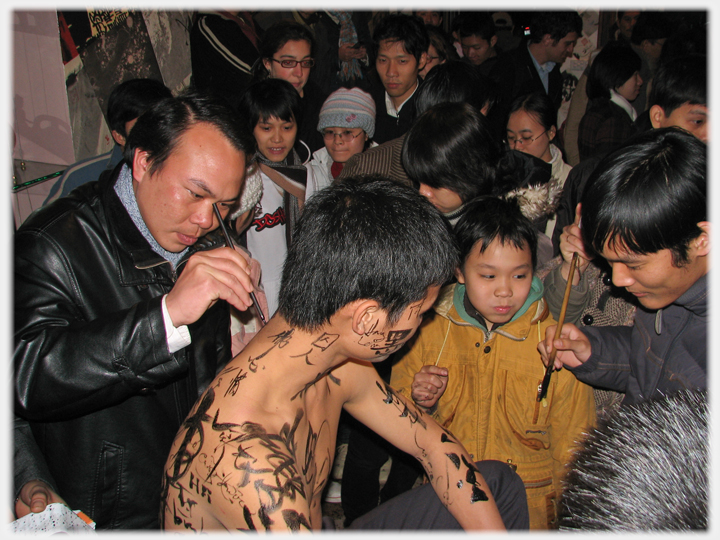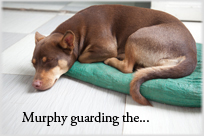
Poet-painter
In outward semblance he must give [he/painter]
A moment’s life of things that live...
Sometimes a momentary gleam
They catch of the mysterious stream... [they/poets]
The stream of life’s majestic whole
Matthew Arnold (1867)

...the imagistic and experiential world presented by the two media - poetry and painting - are in fact the same, that is, both art forms in their different ways [can] present the same experience simultaneously.
Jonathan Chaves (2000)

In the west poetry and painting are diverse arts. One involves a sophistication of
language,
 On the relation between language, thought and things.
the other may lack any linguistic commonality between creator and
receiver;
On the relation between language, thought and things.
the other may lack any linguistic commonality between creator and
receiver;
 How dependent is communication on language?
How dependent is communication on language?
additionally, as Arnold claims, one works with
snapshots,
 Photographs as the par excellence snapshot; a cut across time.
the other
diachronically.
Photographs as the par excellence snapshot; a cut across time.
the other
diachronically.

Arts vary in how they render, or bypass, time.
In China poetry and painting are normally regarded as ways of speaking from the same source, a singularity expressed by the tradition of creative souls aspiring to be both able poets and proficient painters, and evidenced in the common and ancient Chinese art form of paintings with inscribed poems - probably facilitated by
characters

Writing and language can have a variety of relationships.
being independent of speech. Above is a modern manifestation: performance art in which the poet-artists are using a body as canvas. What is this singularity of experience that the eastern artists are embracing, does it run deeper than language and time?
Arnold’s poem Epilogue to Lessing’s Laocoön expresses his reactions to the monograph by Gotthold Lessing who rejected a parallel between the two arts. The quotes come from verses three and eight. These lines are embedded in Arnold’s three way comparison between music, poetry and painting. The catalogue to the exhibition The Chinese Painter as Poet at the China Institute Gallery, China Institute, New York, has a fine monograph by Chaves, an American Sinologist and poetry translator on the history and development of the poet-painter in China. The quote is from page 44 of the catalogue.
The performance was photographed in a gallery on Phố Văn Miếu beside the Temple of Literature, in Hà Nội on 17th February 2008.
Above, hovering on blue introduces a link: click to go, move away to stay.

Saturday 23rd July 2022
 ...guide to this site
...guide to this site